-
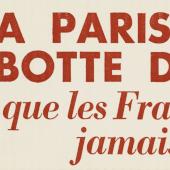
Jean Éparvier (1903–1993), À Paris, sous la botte des Nazis (1)
-
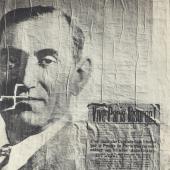
Jean Éparvier (1903–1993), À Paris, sous la botte des Nazis (2)
-
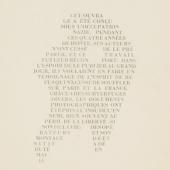
Jean Éparvier (1903–1993), À Paris, sous la botte des Nazis (3)
-
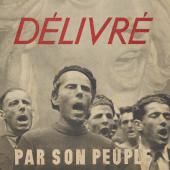
Paris délivré par son peuple
-
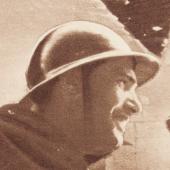
Un micro dans la bataille de Paris, 20–26 août 1944 (1)
-
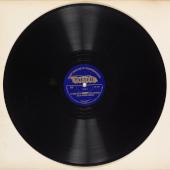
Un micro dans la bataille de Paris, 20–26 août 1944 (2)
-
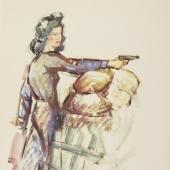
René Gaillard, Pages de gloire: libération de Paris, 18–27 août 1944: 21 aquarelles de René Gaillard, lieutenant F.F.I.
-
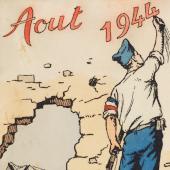
I. Blanchot, Libération de Paris: aquarelles de Pierre Albert Leroux (1)
-
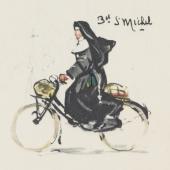
I. Blanchot, Libération de Paris: aquarelles de Pierre Albert Leroux (2)
-
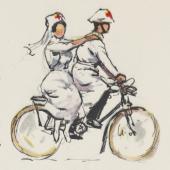
I. Blanchot, Libération de Paris: aquarelles de Pierre Albert Leroux (3)
-
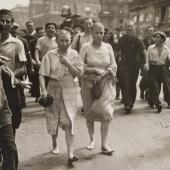
Serge de Sazo (1915–2012), photograph
-
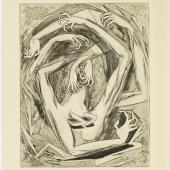
Anton Prinner (1902–1983), La femme tondue
The liberation of Paris
Literature of the Liberation
Books, pamphlets and single issue magazines began to be published within days of the liberation of Paris by publishers and authors who knew that there would be a large market for them. At one time À Paris sous la botte des Nazis was selling 1,000 copies a day. Many photographers and artists were on the streets throughout the liberation of Paris and publishers had plenty of images to choose from, even though the same images often appear in different books. One artist’s work creates romantic images while another’s records events in the streets. An album of four 12” records of the sounds of the liberation of Paris is also important for the collages of photographs of the Liberation interleaved with prints of past street battles in Paris. These and the catalogue of the exhibition at the musée Carnavalet of the liberation of Paris, which opened only 11 weeks later, are examples of the importance the French attached to relating the events they had just witnessed to their historic past. An American commentator in Paris wrote at the time, ‘In France … the popular imagination transforms the experience into history with extraordinary rapidity’.